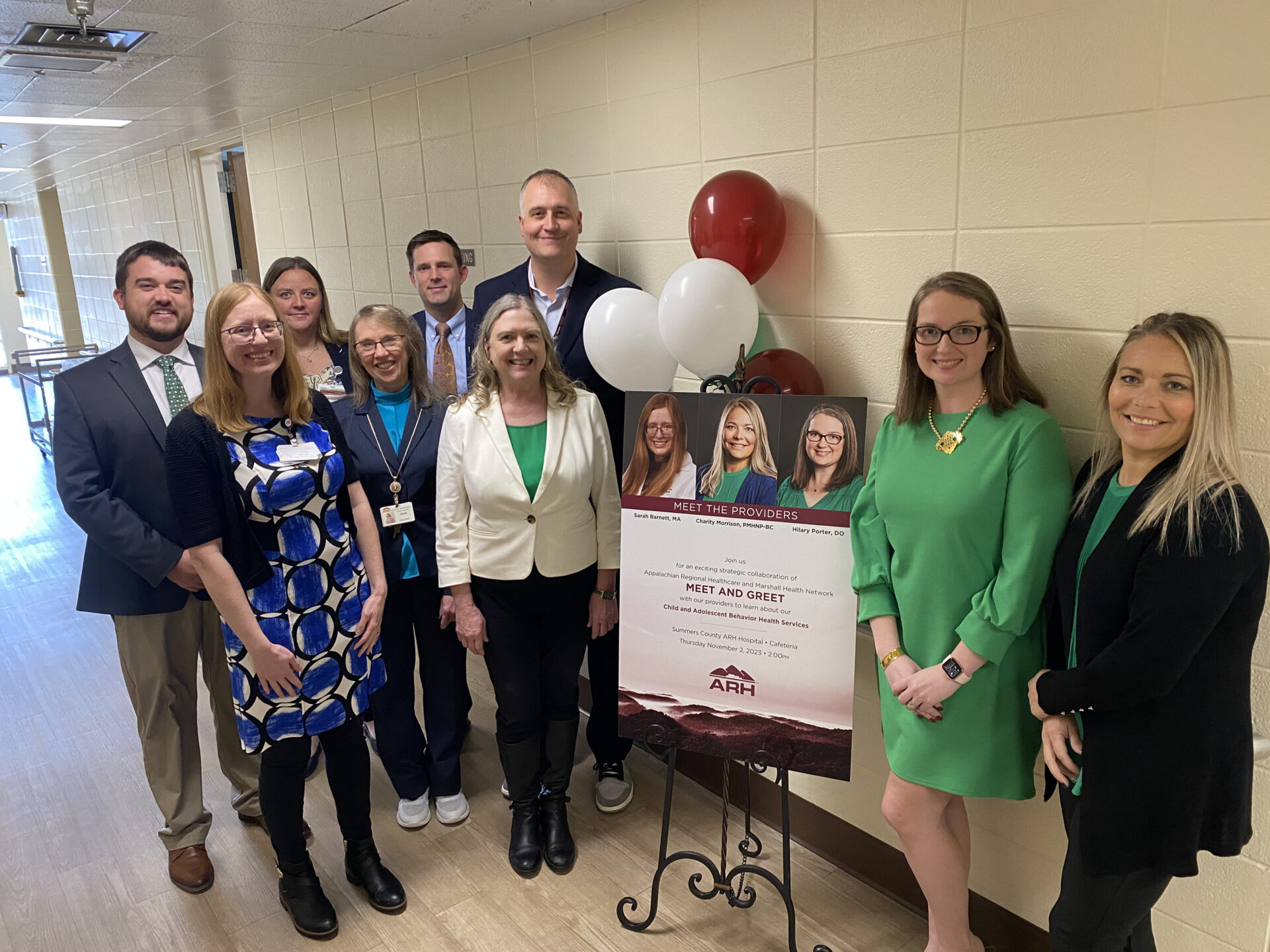A prototype program is offering mental health support for pediatric patients in the Summers County community of Hinton. Diagnosis and treatments include depression, anxiety and ADHD disorder.
The new program is a collaboration between Appalachian Regional Healthcare and Marshall Health Network. On appointment days, patients visit a rural health clinic, and are connected virtually to a psychiatric mental health nurse practitioner (PMHNP). In addition to conducting initial psychiatric evaluations and follow-up appointments, the PMHNP also prescribes and evaluates psychopharmacologic treatments alongside a collaborating psychiatrist.
Dr. Susan Flesher is the Department of Pediatrics Chair at Marshall University’s Joan C. Edwards School of Medicine. She said psychiatric care is the perfect place for rural telehealth.
“It’s a little bit hard for us sometimes to think about a child coming in to look in an ear or listen to a heart,” Flesher said. “Those things take more technology on telehealth. With the care that we’re talking about, it’s a matter of talking with the child, the family, figuring out what the issues are, what the concerns are, doing some screening tests, providing therapy, medications, whatever the case may be. It’s perfectly suited to telehealth.”
Flesher said the program offers access to specific medical professionals that otherwise would not be readily available.
“There is a real shortage of psychiatrists and mental health nurse practitioners in rural areas,” Flesher said. “This is a service that they otherwise would not be receiving, or would have to travel a long distance to receive.”
Flesher said the Hinton program is a first step of an anticipated child mental telehealth network.
“We are in talks with some other places to expand this,” she said. “We don’t have signed contracts in place yet so I’m not necessarily free to speak, but we are definitely trying to provide this service where it is so very much needed, and there seems to be a lot of interest.”
The program is accepting new patients by referral. For more information, contact the Summers County ARH Rural Health Clinic at 304-466-2918.
